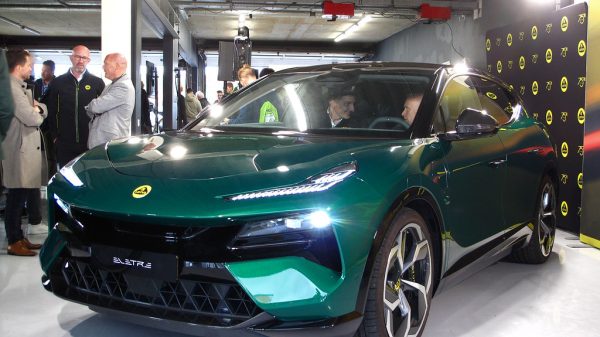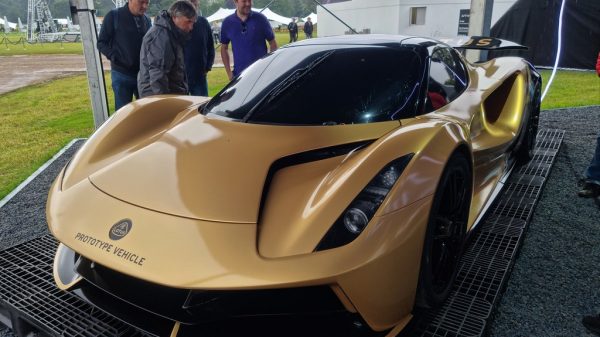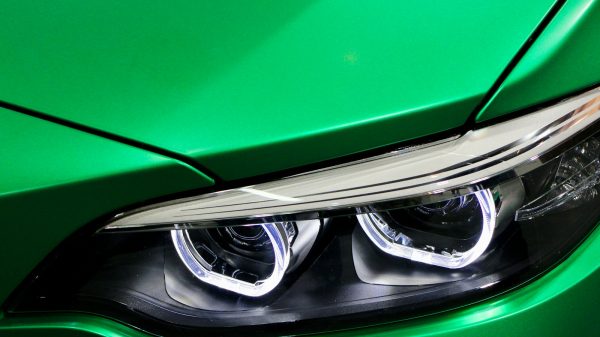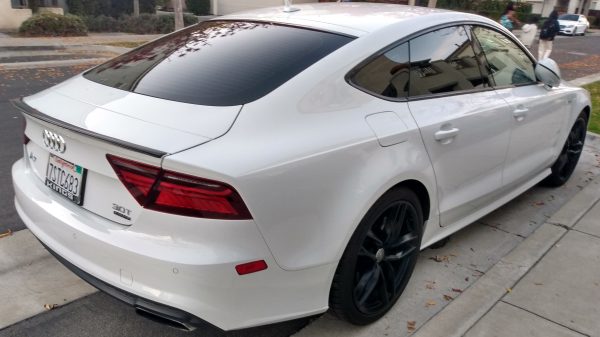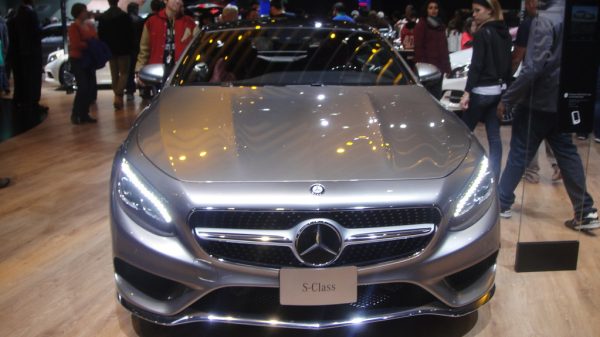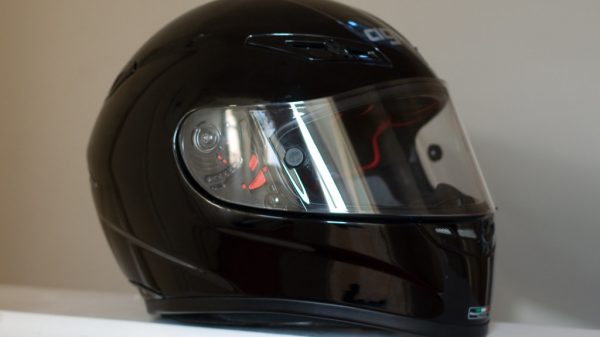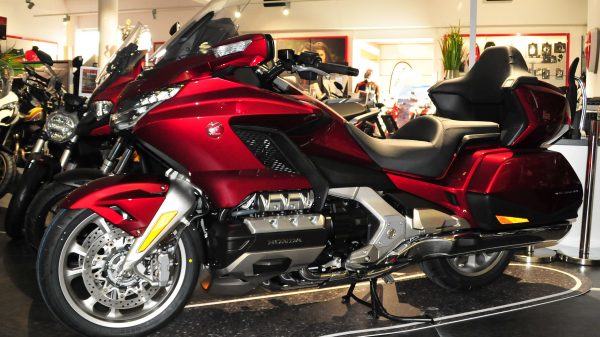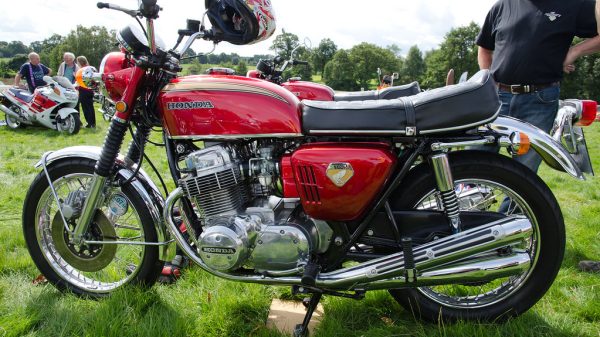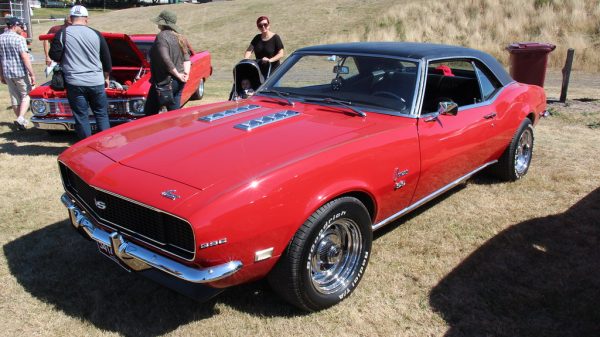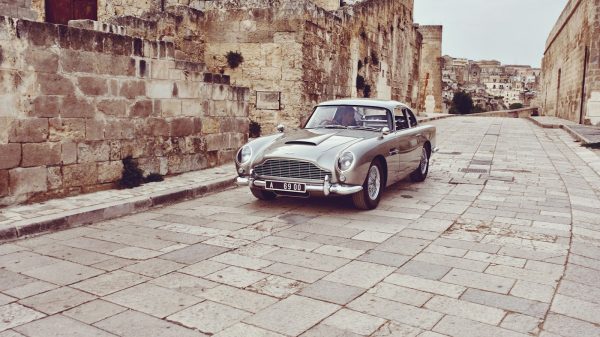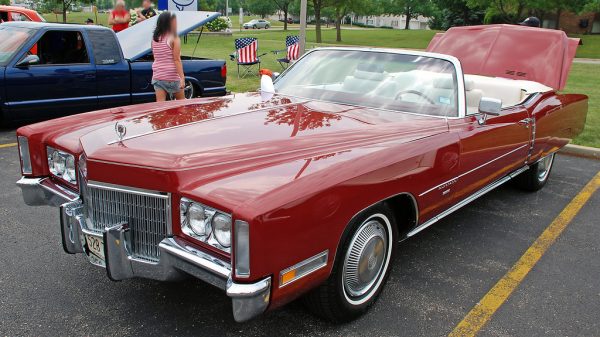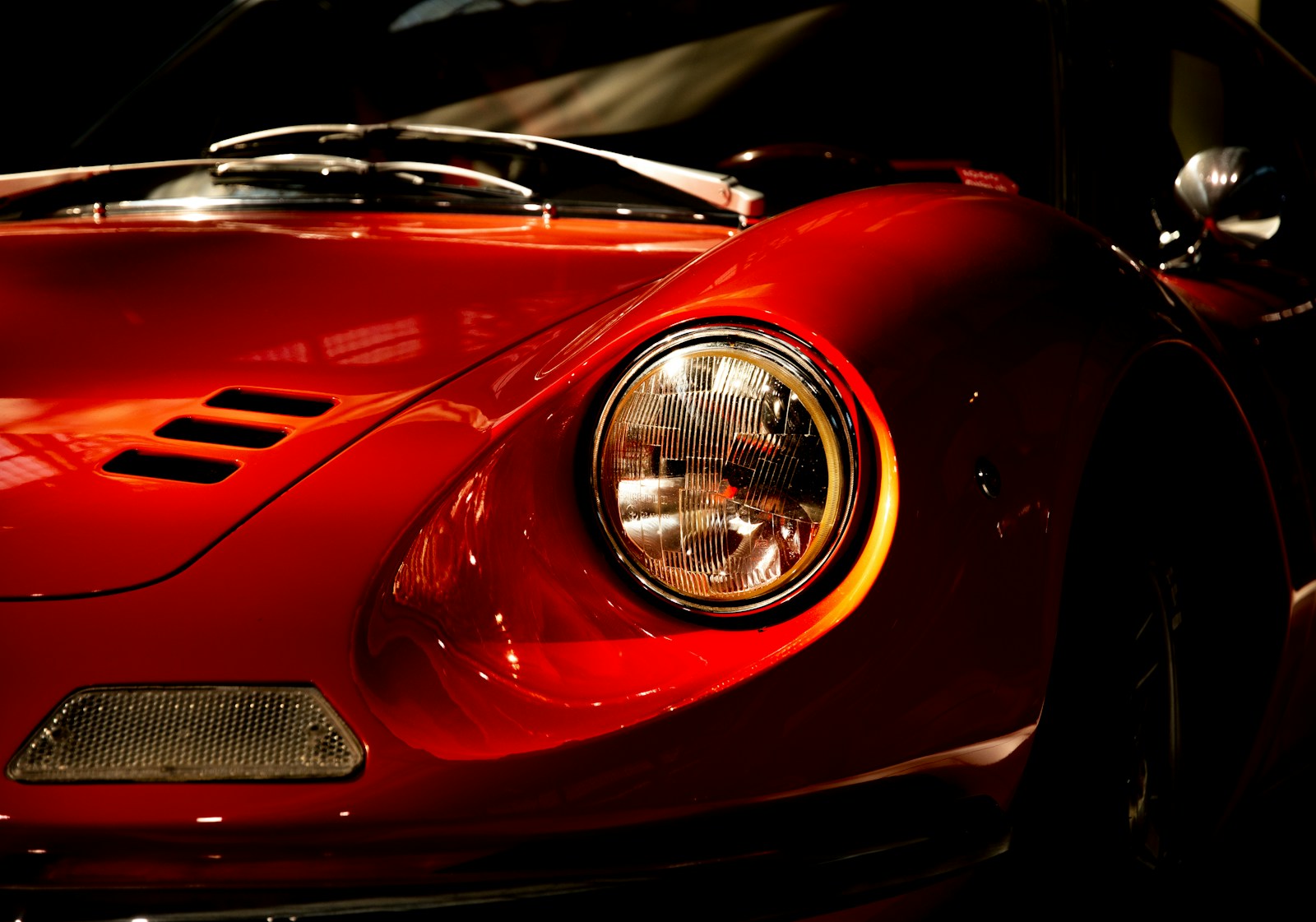Enzo Ferrari‘s legacy continues to captivate car enthusiasts worldwide, yet many struggle to grasp the full scope of his impact on automotive history. Ferrari’s journey began in 1929 when he founded Scuderia Ferrari, initially sponsoring amateur drivers in various races.
Enzo Ferrari: The Visionary Behind the Brand
Enzo Ferrari’s legacy began in Modena, Italy, where he was born in 1898. His passion for automobiles and racing ignited early, leading him to found Scuderia Ferrari in 1929. This racing team initially sponsored amateur drivers, but it laid the groundwork for what would become one of the most iconic car brands in history.
Ferrari’s vision extended beyond the racetrack, though. In 1939, he established Auto Avio Costruzioni, which later evolved into the Ferrari we know today. His keen eye for design and engineering excellence set the stage for decades of automotive innovation.
Avoid the long lines and shop online!
-> Shop the Best Deals on Amazon <-
As an Amazon Associate, we earn from qualifying purchases.
Ferrari’s dedication to pushing the boundaries of performance and style became the driving force behind the company’s success. The prancing horse emblem, now synonymous with speed and luxury, was inspired by a World War I flying ace – a testament to Ferrari’s ability to blend history with cutting-edge technology.
His quest for excellence propelled the brand to unprecedented heights in both racing and road car production. Under his leadership, Ferrari racked up numerous Formula One World Championships, solidifying its place in motorsport history.
The company’s road cars, from the early 166 MM to the legendary F40, showcased Ferrari’s commitment to transferring racing technology to street-legal vehicles. This philosophy of continuous improvement and innovation remains at the core of Ferrari’s ethos, ensuring that Enzo’s vision continues to shape the automotive landscape long after his passing.
The Crucial Year: 1957 in Ferrari’s History
1957 marked a pivotal moment for Ferrari. This year saw the Italian automaker shift gears from its racing-only focus to embrace road-legal vehicles. Enzo Ferrari, the visionary behind the prancing horse, recognized the need to diversify.
His decision to manufacture street-legal cars alongside race cars proved transformative for the brand. The 250 GT, introduced during this period, became an instant classic – merging high performance with everyday drivability.
Avoid the long lines and shop online!
-> Shop the Best Deals on Amazon <-
As an Amazon Associate, we earn from qualifying purchases.
The Mille Miglia race of 1957 further cemented Ferrari’s legendary status. This grueling 1000-mile event across Italy pushed cars and drivers to their limits. Ferrari’s participation and success in this race showcased the brand’s engineering prowess and competitive spirit.
The 250 GTO, born from this era of innovation, went on to become one of the most valuable cars in automotive history. Its blend of racing technology and road-going comfort set a new standard for grand tourers.
Ferrari’s evolution during this crucial year laid the foundation for its future as both a racing powerhouse and a manufacturer of coveted luxury sports cars.
Avoid the long lines and shop online!
-> Shop the Best Deals on Amazon <-
As an Amazon Associate, we earn from qualifying purchases.
Landmark Ferrari Models that Revolutionized the Automotive Industry
Ferrari’s iconic models have left an indelible mark on automotive history. The 125 S, introduced in 1947, marked the birth of the Ferrari brand. This groundbreaking vehicle featured a 1.5L V12 engine, setting the stage for Ferrari’s legacy of powerful performance.
The 125 S paved the way for future innovations, showcasing Enzo Ferrari’s commitment to engineering excellence from the very beginning.
In 1957, Ferrari unveiled the 250 GT Berlinetta Competizione, affectionately known as the “Tour de France” or TdF. This model achieved remarkable success on the racing circuit, cementing Ferrari’s reputation for producing high-performance vehicles.
That same year, the Ferrari 500 TRC was introduced, featuring updates to comply with changes in the International Sporting Code. These adaptations demonstrated Ferrari’s agility in responding to evolving regulations while maintaining their competitive edge.
The Colombo V-12 engine became a cornerstone of Ferrari’s success, powering numerous road and race cars for over four decades. This legendary powerplant showcased Ferrari’s commitment to continuous improvement and innovation.
As Ferrari grew, so did its production capabilities – expanding from a modest 20,000 square meter facility in 1947 to an impressive 860,000 square meters today. This growth reflects not only Ferrari’s commercial success but also its enduring impact on the automotive industry and popular culture.
Enzo’s Final Masterpiece: The F40
The Ferrari F40 stands as Enzo Ferrari’s ultimate creation, a testament to his vision and passion for high-performance automobiles. Unveiled in 1987, this iconic supercar was developed in just 11 months following the ban of Group B racing in 1985.
The F40 represented a pinnacle of automotive engineering, blending raw power with cutting-edge technology.
Limited to a production run of only 272 cars, the F40 quickly became a coveted collector’s item. Its performance capabilities were nothing short of extraordinary for its time. The car boasted a 0-100 km/h acceleration time of 4.6 seconds and could reach a top speed exceeding 315 km/h.
These figures solidified the F40’s status as one of the fastest road-legal cars of its era.
For those seeking even more extreme performance, Ferrari developed the F40 LM – a race-only variant. With a limited production of just 32 units, the LM took the F40’s already impressive capabilities to new heights.
Automotive enthusiasts often described the F40 as a “fire-spitting race machine disguised as a road car,” highlighting its dual nature as both a street-legal vehicle and a track-ready beast.
This blend of practicality and performance epitomized Enzo Ferrari’s philosophy, leaving an indelible mark on the automotive industry and setting a new standard for supercars to come.
The Upcoming Ferrari Film: A Cinematic Tribute
Movie enthusiasts and car aficionados alike are eagerly awaiting the release of the Ferrari film on December 29, 2023. This cinematic tribute promises to bring the passion and drama of the iconic Italian automaker to the big screen.
Adam Driver, known for his intense performances, takes on the role of Enzo Ferrari – the visionary founder who shaped the company’s legacy. The film zeroes in on a pivotal moment in Ferrari’s history, focusing on the tumultuous events of 1957 when the auto empire faced a critical crisis.
Directed by Michael Mann, the movie aims to capture the essence of Ferrari’s pursuit of automotive excellence with historical accuracy. It delves into the fierce rivalries and high-stakes competitions that defined the brand’s early years.
The story unfolds during the summer of 1957, a time of both personal and professional challenges for Enzo Ferrari. Viewers can expect stunning cinematography showcasing classic Ferrari models and grand prix races, bringing to life the golden age of motorsport.
This film not only pays homage to Ferrari’s rich heritage but also offers a glimpse into the man behind the prancing horse logo – his dreams, struggles, and the relentless drive that created a motoring legend.
Enzo Ferrari’s Enduring Philosophy and Its Impact on Modern Supercars
Enzo Ferrari’s philosophy of blending performance, luxury, and aesthetics continues to shape the supercar industry today. His vision of pushing innovation boundaries remains evident in modern Ferrari models, from the SF90 Stradale to the LaFerrari.
These vehicles embody the perfect mix of cutting-edge technology and timeless Italian design, a hallmark of Ferrari’s approach since its inception.
Ferrari’s influence extends beyond its own brand, inspiring competitors and setting industry standards. The company’s Gestione Sportiva division, responsible for both road and race cars, exemplifies this philosophy.
It applies lessons learned on the track to enhance street-legal vehicles, creating a seamless link between Ferrari’s racing heritage and consumer products. This approach has led to groundbreaking technologies in aerodynamics, engine efficiency, and lightweight materials – advancements that now permeate the entire supercar market.
The legacy of Enzo Ferrari’s vision is not limited to automotive engineering. Ferrari N.V., the parent company, has expanded into fashion and luxury goods, further emphasizing the blend of performance and opulence.
This diversification reflects Enzo’s belief that a Ferrari is more than just a car – it’s a lifestyle statement. As a result, modern supercars across brands now strive to offer a complete luxury experience, from customizable interiors to branded accessories, all while maintaining the highest performance standards.

